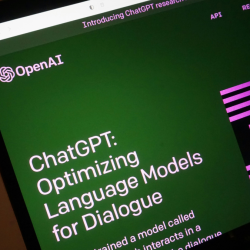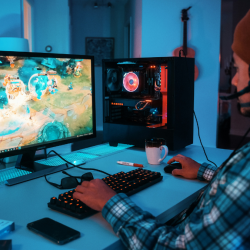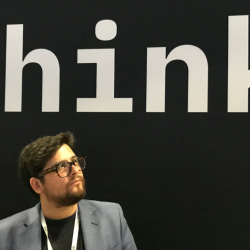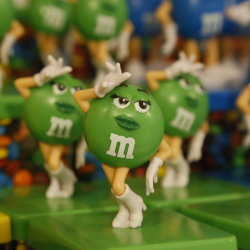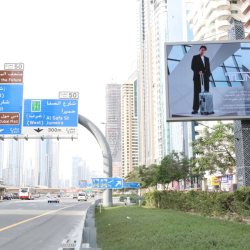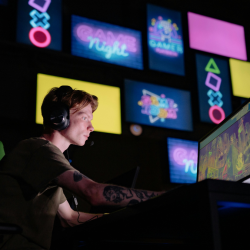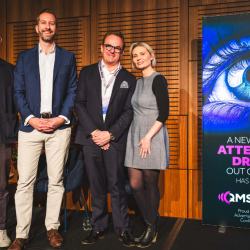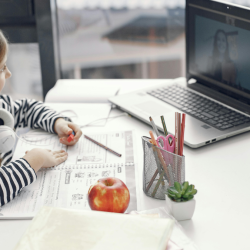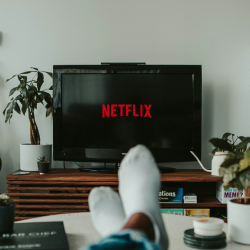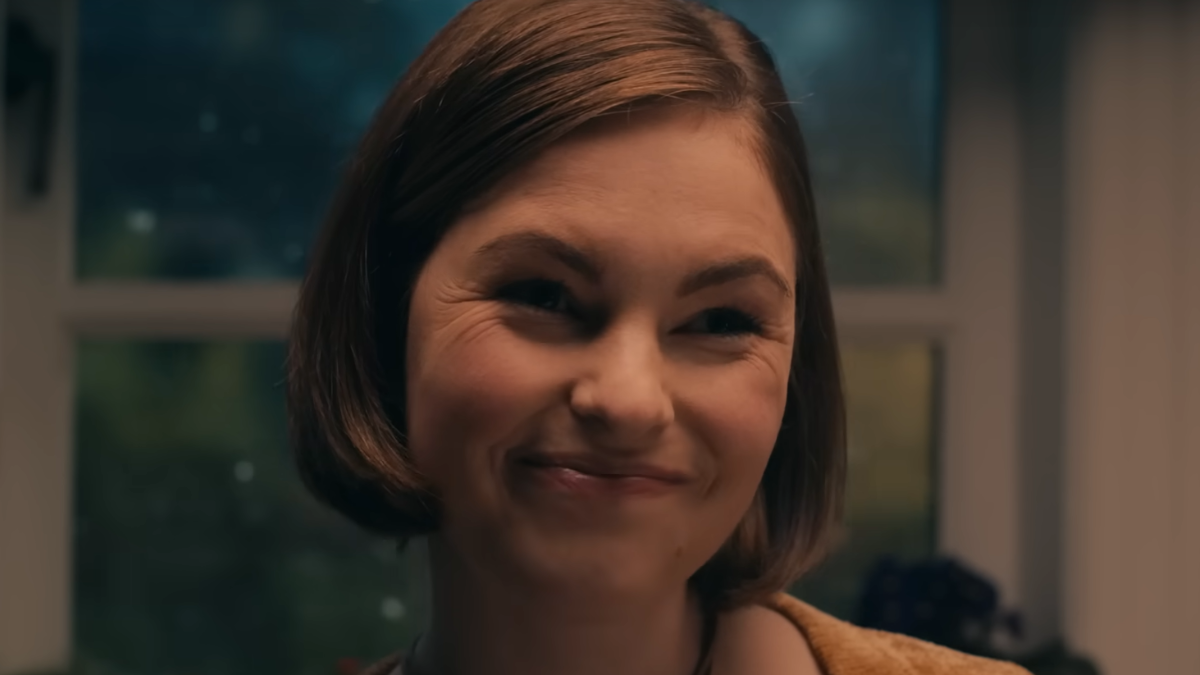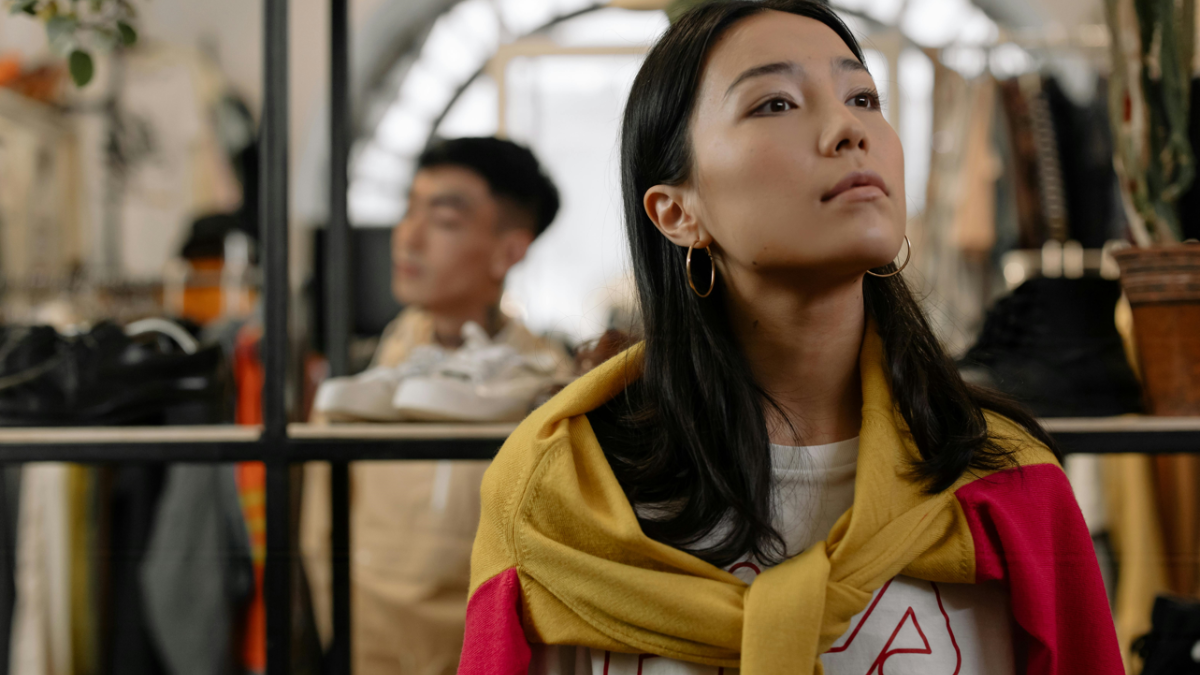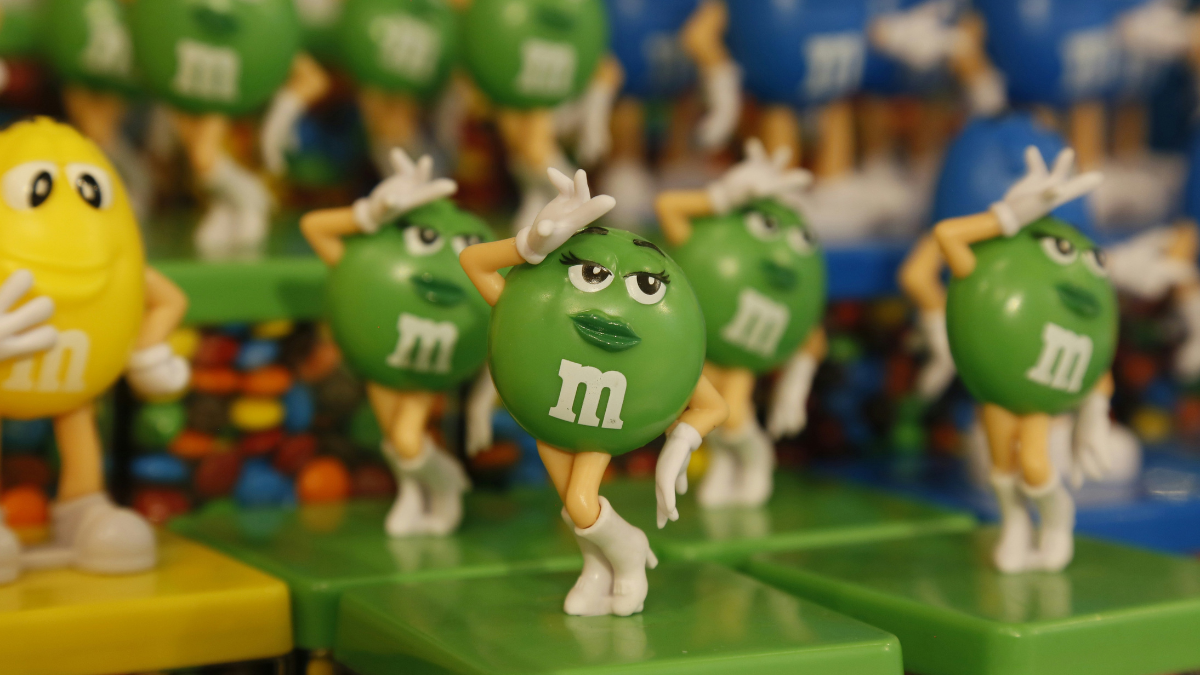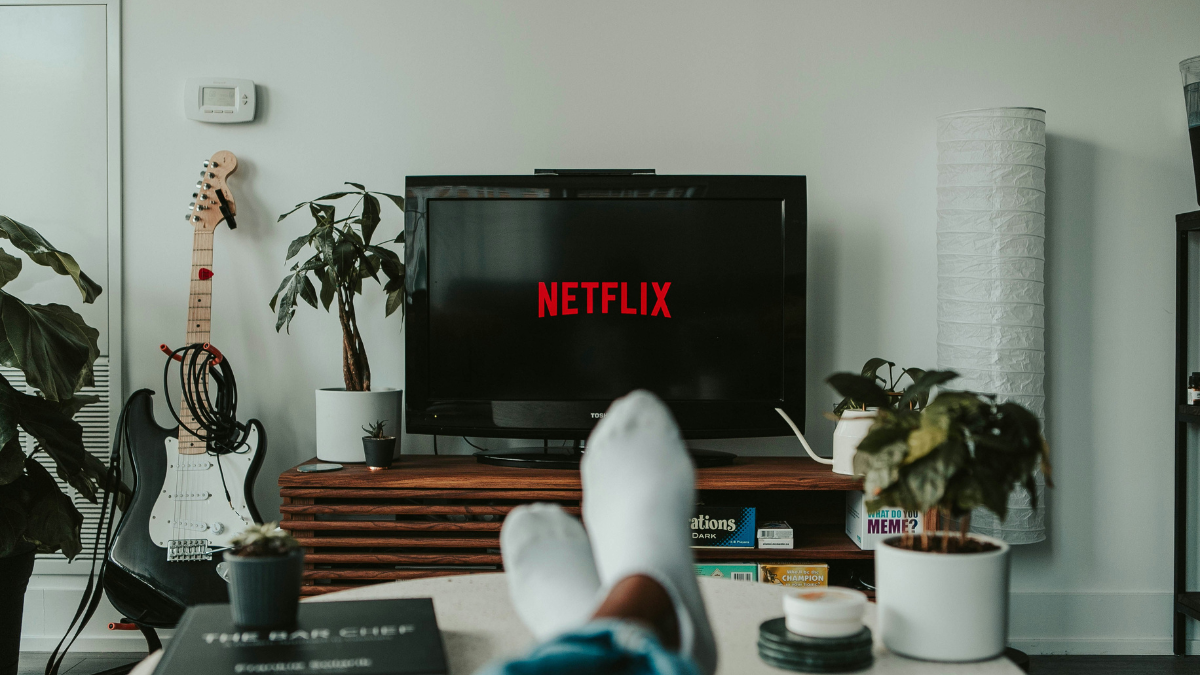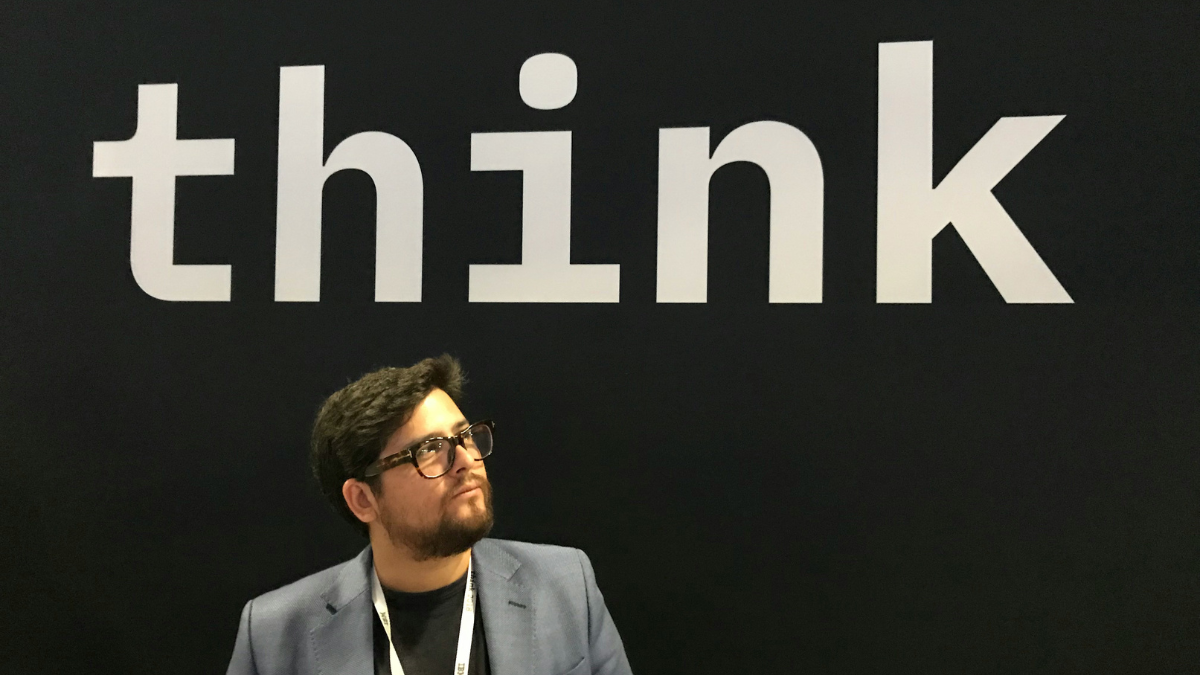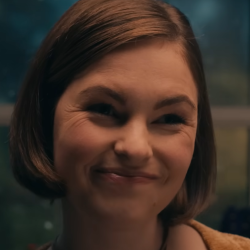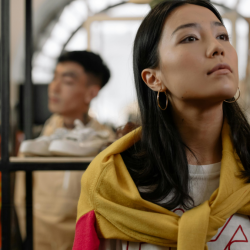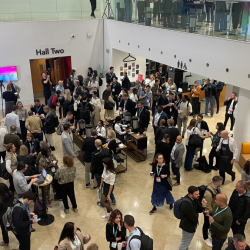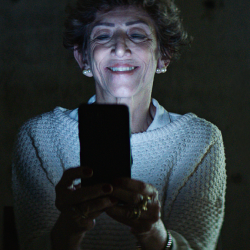Why is collaboration important for creativity?
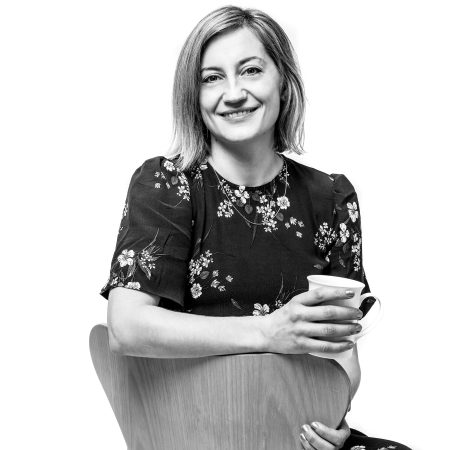
It’s absolutely possible to be creative alone. Many great artists, writers and musicians produce great things without input from anyone else. Or do they? More often than not, a brilliant idea has been shaped, massaged and developed by a team of people behind the scenes, all with different skill sets and strengths. Anyone who watched Peter Jackson’s amazing Beatles film, Get Back, will have seen the myth of a sole creative genius birthing a fully formed opus in one sitting be well and truly put to bed. In that film, we witness how ideas emerge, evolve and improve as different ideas and perspectives bounce off each other.
Collaboration is essential in our industry, where different specialisms come together to create the best outcome for the client. Strategy is the foundation for all strong creative; it gives clarity to the challenge and substance to the ideas. Then, depending on the ask, design, copy and digital teams need to work together to build out effective ideas and cohesive solutions.
How can collaboration empower creative thinking and skills?
At The Frameworks we believe good ideas can come from anywhere. When we’re starting from scratch or stuck on a challenge, it helps to get a mix of people into a room and invite every kind of thought: big, small, silly or sensible. It’s all welcome, because you never know what those initial conversations will spark. We learn from each other that way, too — someone in a role that might not be considered ‘creative’ must feel confident in voicing their opinions. Each discipline needs to work together at both ends of the process — to stimulate ideas at the start and to sense-check them at the end.
How can you create an environment that promotes creative collaboration?
It’s important to include a variety of teams from the start, not just introduce them at the time their role comes into play. Often, the design or copy element kicks off late in the process but creatives can learn so much from the initial strategic conversations and research, and can start getting inspired.
I really believe a bit of thought and structure helps to get the best out of the creative brainstorming phase, because many people with good ideas just don’t thrive in a high-pressure, combative environment — it’s fun to watch it play out on Mad Men, but counterproductive in the real world. You’ve got to take the fear out of it. At the start of the creative process, we make an effort to plan mixed-specialism brainstorms so that everyone’s voice is heard, welcomed and valued — being clear that no idea is considered bad or irrelevant. Then, when it’s time to refine the ideas, we respect individual specialisms, allocating a smaller creative team or individual with the task of narrowing down and building out the ideas, then reporting back to the wider group.
How important is difference in ethnicity, gender, religion in unlocking creativity? How can you build an effective team with creative collaboration in mind?
Diversity of thought is hugely important, so we should always strive for it. An effective creative team is one that represents the agency as a whole, the client and the audience as much as possible. As an industry, we’re not always great at this part. If we can’t represent those elements within the creative team, we should always make sure our research is thorough and audience testing is watertight, inviting the right range of voices.
How do you create a cohesive narrative end-to-end in a project, bearing in mind collaboration between stakeholders, partners, client management, … ?
This comes back to making sure the right people are involved from the start, and to the value of a strong strategic foundation. A creative project will evolve through various phases, from research to delivery — or Think, Frame, Make, Work as we do it here at The Frameworks — but there will always be a key contact from our strategy team bridging the gap between client and creative. That helps to keep the narrative on track and makes sure the big idea loops back to an insight gleaned in the research phase.
Featured image: Yan Krukov / Pexels
